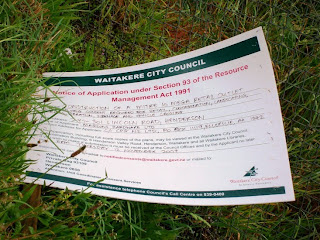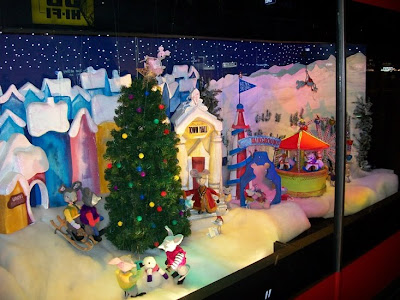Even though I've only been around a tiny bit over four-and-a-half decades, I do remember when Lincoln Road, coming off the North-Western motorway and heading towards Henderson, used to be verdantly abundant with vineyards and orchards. Not any more. The orchards and vinyards that survive are like odd remnants from another time, amidst the spread of retail mega-outlets, a couple of large funeral establishments, and all the et ceteras.
Seeing this just off Central Park Drive today was surprising.
I took a closer look.
"Collards" is still written on the corrugated iron roof, across faded red or brown paint, and below, bravely peeking from behind graffiti, "Estate Vineyards". Collards as a firm started in Henderson on the Great North Road in 1910, according to online sources, so -- they are one of the oldies as far as West Auckland winemakers are concerned. I don't know when they moved to Lincoln Road, but they moved out in 2008.
And the remnant's future?
It will make way for a Mitre 10 hardware store. This notification sign for the resource consent application had been ripped away from wherever it had once been posted, probably by a similar stormy windswept day like today, and just dropped in the long grass.
It looks like the last vineyard left on Lincoln Road is Mazurans.
I wonder for how long?




















































